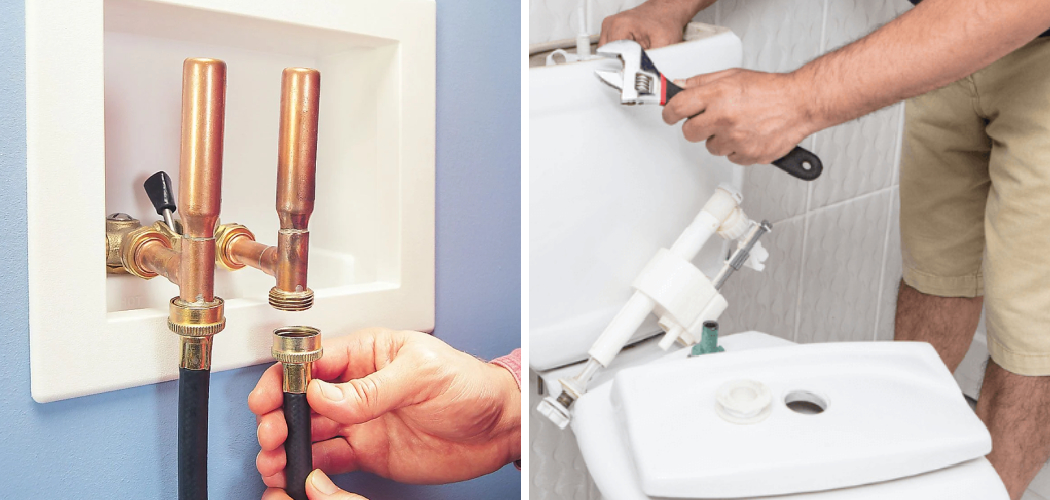Water hammer is a common plumbing issue that can cause a banging or thudding noise in pipes, particularly noticeable when using a toilet. This phenomenon occurs when water suddenly stops or changes direction, leading to pressure waves that travel through the pipes. Not only can water hammer be annoying, but it can also indicate potential problems within your plumbing system if left unaddressed. In this guide, we will explore how to fix water hammer in toilet and provide practical solutions to help you resolve this issue effectively, ensuring a quieter and more comfortable home environment.
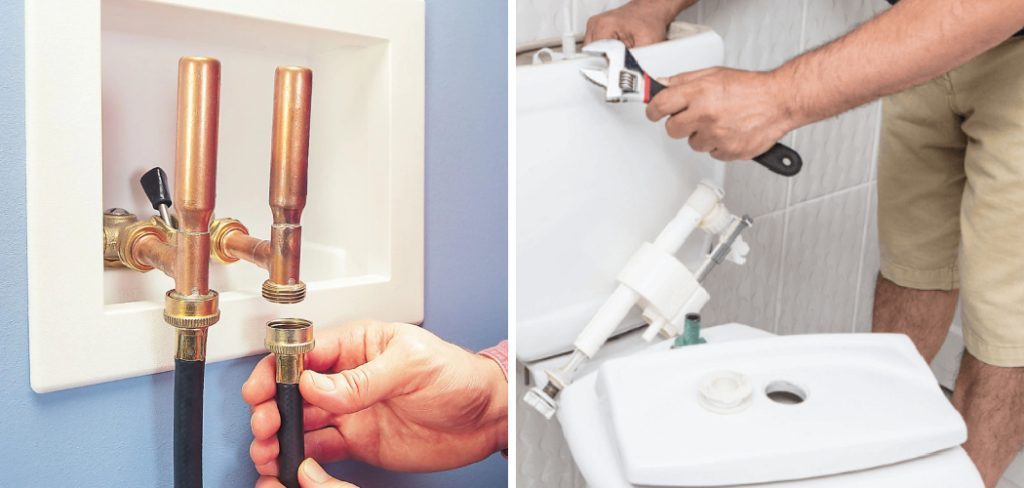
Understanding Water Hammer
Water hammer is primarily caused by the rapid closure of valves, such as those found in toilet cisterns or faucets. When the flow of water is abruptly halted, it creates a shock wave within the plumbing system, which results in that characteristic banging noise. This issue can be exacerbated by factors such as high water pressure, loose pipe fittings, or the absence of air chambers in the plumbing system. Understanding the underlying mechanics of water hammer is crucial for identifying the appropriate solutions and preventing further damage to your pipes. Taking proactive measures not only addresses the immediate annoyance but also helps maintain the integrity of your plumbing, ensuring its efficient operation for years to come.
Causes of Water Hammer
Water hammer primarily results from the sudden stopping or rapid change in direction of water flow, which leads to a pressure surge in the pipes. Several factors contribute to this phenomenon:
- Rapid Valve Closure: When valves close quickly, such as those in toilet flush mechanisms or washing machines, the abrupt halt in water flow generates shock waves that result in the banging noise.
- High Water Pressure: Excessively high water pressure can exacerbate the effects of water hammer, making the noise more pronounced and potentially damaging the plumbing system over time.
- Loose or Unsupported Pipes: Pipes that are not securely fastened can move freely, allowing them to rattle against walls or other structures when water flow suddenly changes.
- Lack of Air Chambers: Air chambers act as shock absorbers within the plumbing system. If these chambers are absent or filled with water, they are ineffective in dampening the pressure surges caused by rapid flow changes.
- Increased Pipe Length: Longer stretches of piping can lead to more pronounced water hammer effects, as the distance allows for greater pressure build-up.
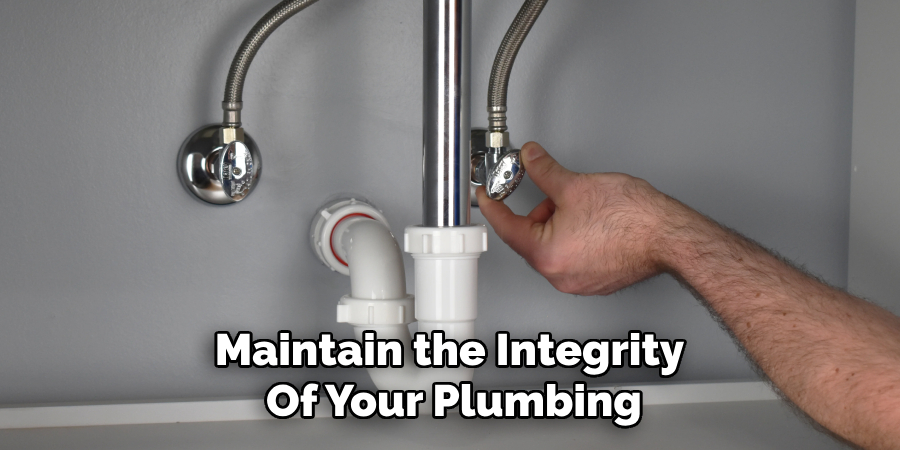
By identifying these causes, homeowners can take appropriate steps to mitigate the issues and restore peace to their plumbing systems.
10 Methods How to Fix Water Hammer in Toilet
1. Install Water Hammer Arrestors
Water hammer arrestors are specialized devices designed to absorb the shock caused by sudden changes in water flow, thereby mitigating the impact on your pipes. To install a water hammer arrestor, locate the section of pipe near the toilet where the noise is most pronounced. Turn off the water supply to the toilet and flush to drain the pipes. Attach the water hammer arrestor to the pipe, ensuring it is securely installed according to the manufacturer’s instructions. This device typically features a cushioning chamber that absorbs the shockwave, reducing or eliminating the banging noise. Once installed, restore the water supply and test the toilet to confirm the reduction in noise.
2. Adjust the Water Pressure
High water pressure is a common cause of water hammer, as it increases the force of the shockwave when water flow is abruptly stopped. To address this issue, measure the water pressure in your home using a pressure gauge. The optimal water pressure range for residential plumbing is typically between 40 and 60 psi. If your water pressure exceeds this range, adjust the pressure regulator, usually located near the main water supply line. Turn the regulator clockwise to decrease the pressure. After making adjustments, flush the toilet to check if the water hammer noise has diminished. Reducing water pressure helps prevent excessive force that contributes to the banging sound.
3. Secure Loose Pipes
Loose or inadequately supported pipes can exacerbate water hammer by allowing them to move and rattle when water flow changes. Inspect the pipes leading to and from the toilet for any signs of movement or looseness. Use pipe clamps or brackets to secure the pipes to the wall or floor framing. By tightening or adding additional supports, you minimize the vibrations and rattling that occur with water hammer. After securing the pipes, flush the toilet and listen for any remaining noise. Properly securing the pipes can significantly reduce or eliminate the banging sound caused by water hammer.
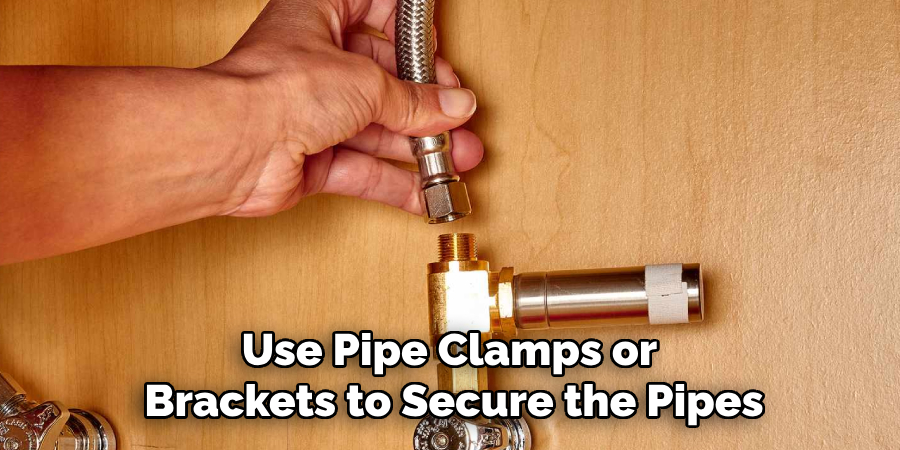
4. Check and Replace Faulty Fill Valves
The fill valve, located inside the toilet tank, regulates the flow of water into the tank and can impact flushing performance. A malfunctioning fill valve may cause erratic water flow and contribute to water hammer. To check the fill valve, turn off the water supply to the toilet and drain the tank by flushing. Inspect the valve for any signs of wear or damage. If the valve is faulty, replace it with a new one, following the manufacturer’s instructions. Reconnect the water supply, allow the tank to refill, and flush the toilet to determine if the water hammer issue has been resolved. A properly functioning fill valve ensures smooth water flow and reduces the risk of water hammer.
5. Install a Pressure-Reducing Valve
In cases of consistently high water pressure, installing a pressure-reducing valve (PRV) on your main water line can offer a long-term solution. A PRV regulates the water pressure entering your home, preventing excessive pressure that can lead to water hammer. To install a PRV, turn off the main water supply and drain the system. Cut the main water line and install the PRV according to the manufacturer’s instructions. Once installed, restore the water supply and check the pressure and noise levels. Properly adjusted PRVs help mitigate water hammer and improve overall plumbing performance by maintaining optimal water pressure.
6. Bleed the Plumbing System
Air trapped in the plumbing system can contribute to water hammer by causing irregular water flow and pressure changes. To bleed the system, turn off the main water supply and open all faucets in your home, including the toilet. Allow the water to run until it stops, and then close the faucets. Turn the main water supply back on, starting with the faucet farthest from the water source and working your way toward the toilet. This process helps remove trapped air and can reduce or eliminate water hammer noises. Bleeding the system ensures a smooth flow of water and minimizes the risk of air-related water hammer.
7. Replace or Repair the Toilet Tank Ballcock
The ballcock, or float valve, inside the toilet tank controls the water level and can influence the flushing mechanism. If the ballcock is malfunctioning or worn out, it may cause irregular water flow and contribute to water hammer. Inspect the ballcock for any signs of wear or damage. If necessary, replace it with a new one or adjust the float level to ensure proper operation. Test the toilet by flushing and checking for any remaining water hammer noise. A well-functioning ballcock improves flushing performance and helps reduce water hammer by ensuring consistent water flow.
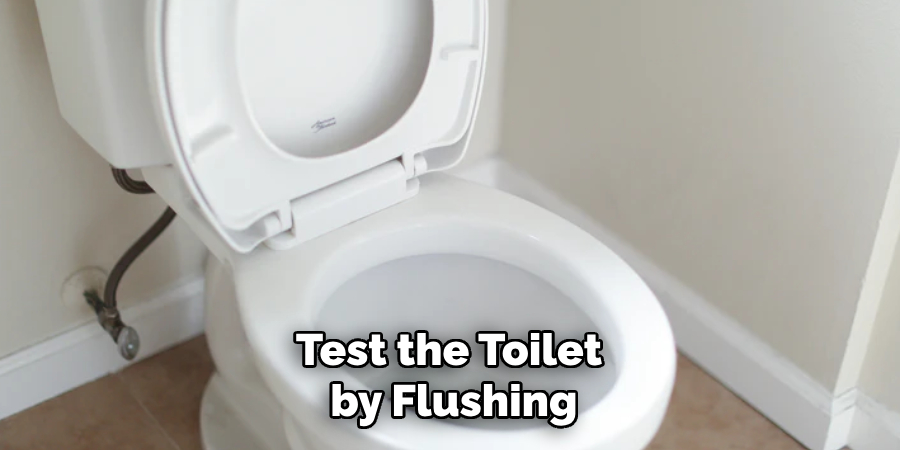
8. Add a Water Hammer Arrestor to the Toilet Supply Line
If the water hammer is specifically affecting the toilet, installing a dedicated water hammer arrestor on the toilet’s supply line can provide a targeted solution. This device absorbs the shockwave created when water flow is suddenly stopped, minimizing the impact on the pipes. To install, turn off the water supply and drain the toilet. Locate the supply line where it connects to the toilet tank and attach the water hammer arrestor according to the manufacturer’s instructions. Once installed, restore the water supply and flush the toilet to check if the water hammer issue has been addressed. A dedicated arrestor can effectively resolve localized water hammer problems.
9. Adjust the Toilet Flush Mechanism
An erratic or forceful flush mechanism can sometimes contribute to water hammer by creating abrupt changes in water flow. Inspect the flush handle and related components for proper function. Adjust the handle and chain length to ensure smooth operation and proper alignment. Additionally, check the flush valve for signs of wear or damage and replace it if necessary. A well-adjusted flush mechanism provides a controlled and consistent flow of water during flushing, reducing the likelihood of water hammer. Test the toilet by flushing and listening for any remaining noise to confirm the effectiveness of the adjustments.
10. Consult a Professional Plumber
If the above methods do not resolve the water hammer issue, consulting a professional plumber may be necessary. A plumber can conduct a thorough inspection of your plumbing system, identify underlying issues, and provide expert recommendations for resolving water hammer. Professional plumbers have the tools and experience to diagnose and fix complex plumbing problems that may not be easily addressed with DIY methods. Their expertise ensures a comprehensive solution to the problem and helps prevent future occurrences of water hammer.
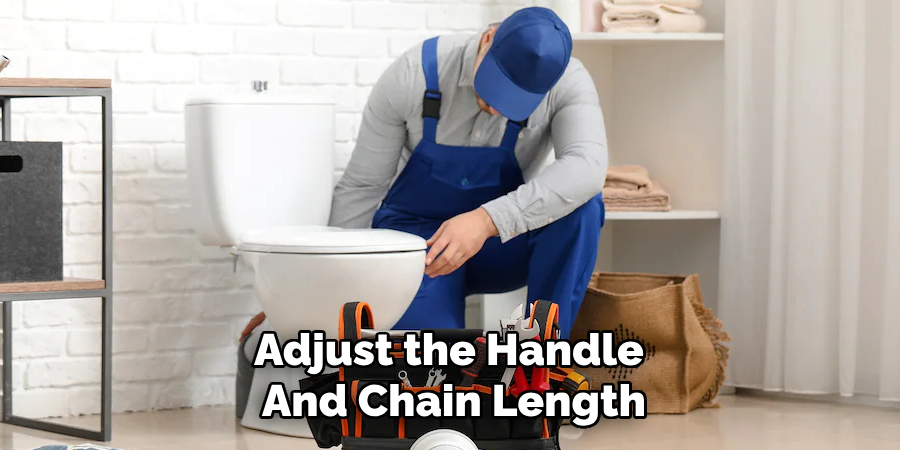
Conclusion
Addressing water hammer in a toilet involves a multifaceted approach to resolve the underlying causes and restore quiet operation. By implementing methods such as installing water hammer arrestors, adjusting water pressure, securing loose pipes, and replacing faulty components, you can effectively mitigate the noise and improve the performance of your toilet. Thanks for reading, and we hope this has given you some inspiration on how to fix water hammer in toilet!

